Think about the last time you took a flight or drove past a petrol pump. Have you ever wondered how that fuel gets there? It’s not magic—it’s shipping. And when it comes to shipping, one homegrown giant has been steering the industry for over 75 years.
Centuries ago, Chhatrapati Shivaji Maharaj, the Father of the Indian Navy, understood that true power wasn’t just on land—it was on the seas. As India approached independence, a new battle for maritime dominance was unfolding. Visionary entrepreneurs saw beyond the tide, refusing to let India remain a mere passenger in global trade.
What started as a simple commodity business soon became a force that would reclaim India’s place on the seas and shape its maritime destiny for generations.
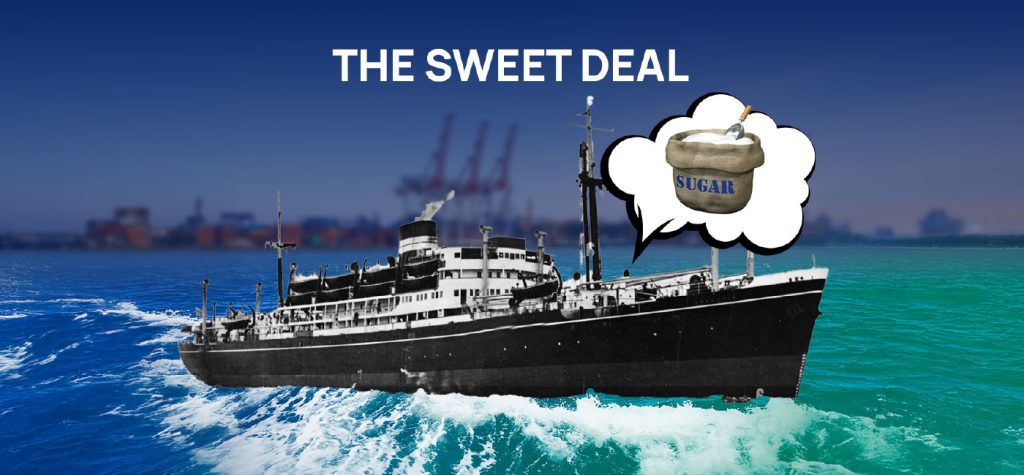
That Sparked A Shipping Empire
Mumbai, early 1900s—where the scent of salt met the spice of ambition. Among the bustling docks and roaring trade markets, two brothers,
Jagjiwan and Maneklal Mulji, saw something others didn’t: the tides of opportunity. But before they set sail on their shipping dreams, their story began with something much sweeter—sugar.
The duo ran Jagjiwan Ujamshi Mulji and Company, importing sugar from Java to India on their chartered steamers. Business was booming, but the real revelation wasn’t in the sweetness of their cargo—it was in the cost of getting it here.
At the time, freight rates stood at a hefty Rs. 27 per ton. The brothers, ever the strategists, brought it down to just Rs. 10 per ton using their chartered steamers. This was their “first blood”—the moment they realized the power of shipping.
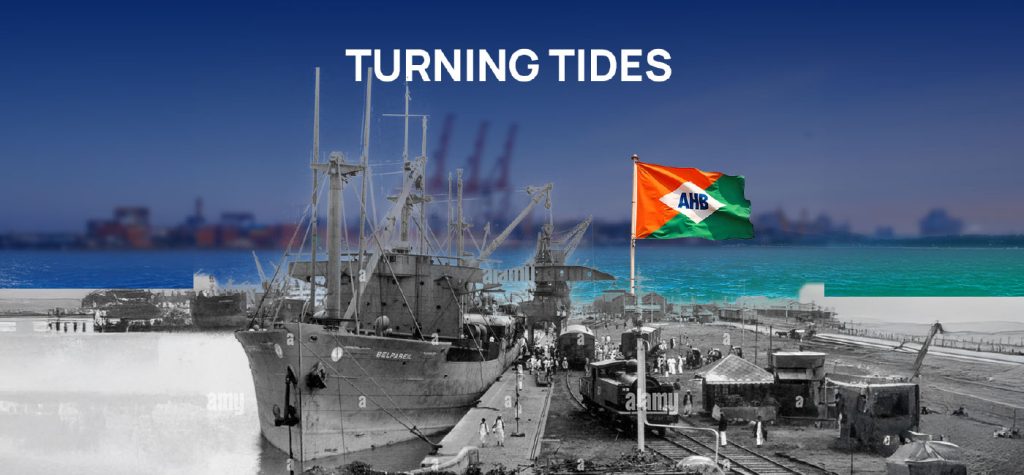
A Bold Move That Reshaped Shipping
But just as their sails caught the wind, the 1930s came crashing with the Great Depression. Trade slowed, businesses crumbled, and even the sharpest entrepreneurs found themselves struggling hard.
The Mulji brothers weren’t about to sink. Instead, they turned to a prominent Bombay business family—the Bhiwandiwallas. With no money but an unshakable belief in their skills, they made a pitch: invest in us, and we’ll multiply your wealth.
The Bhiwandiwallas took the bet. And just like that, Ardeshir Hormusji Bhiwandiwalla and Company was born—a partnership that would forever change India’s shipping industry.
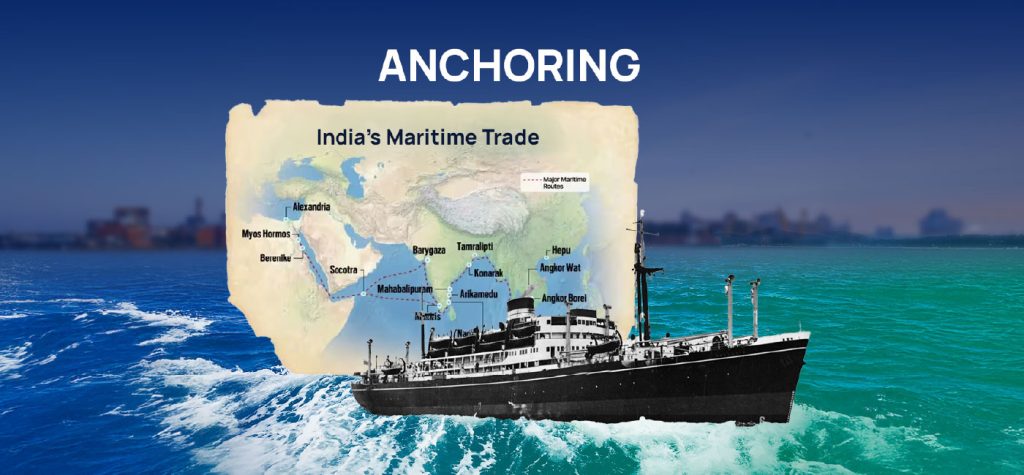
India’s Maritime Independence
With their new backers, the brothers expanded aggressively. They acquired more vessels, built stronger trading networks, and positioned themselves as key players in India’s maritime trade.
But their greatest test was yet to come. As whispers of war and independence grew louder, shipping became its battleground.
British shipping giants dominated Indian waters, controlling freight costs and dictating terms. Indian traders were at their mercy—until the Mulji brothers and their partners decided to fight back.
They expanded their fleet, securing contracts once considered impossible for Indian businesses. Every voyage was a statement: India wasn’t just a market; it was a contender.
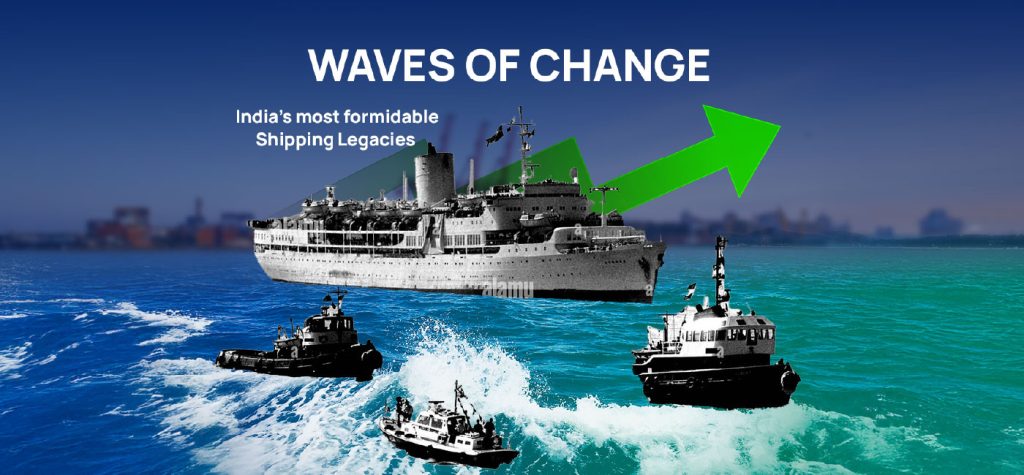
The Birth of an Indian Shipping Giant
By the time independence dawned, the once-small sugar importers had transformed into a force to be reckoned with.
The Muljis and the Bhiwandiwallas partnership laid the foundation for one of India’s most formidable shipping legacies.
Enter 19-year-old Vasant Sheth, armed with ambition and an invitation to study in Britain and America.
During his travels, he met I.S. Chopra of the Indian Foreign Service, who, intrigued by the young Sheth’s vision, encouraged him to stay in touch.

The Moment, Sailing into History
In Washington, Chopra introduced Vasant to a lawyer with a golden tip: the US Maritime Commission was offloading Liberty ships—workhorses of the war, built to withstand U-boat attacks—at throwaway prices. With thick hulls and minimal machinery, these vessels weren’t luxurious but built to last.
It was a perfect first ship.
A $25,000 application fee later, the firm officially applied under A.H. Bhiwandiwalla and Company. Three months passed. Then, a telegram from India’s Ministry of External Affairs: the vessel had been granted.
The first Great Eastern ship—Jagvijay, meaning ‘World Victory’—was delivered on May 3, 1948. India’s independence, the war’s end, and perfect timing aligned to create history.
And with that, The Great Eastern Shipping Company (GE Shipping) was born.
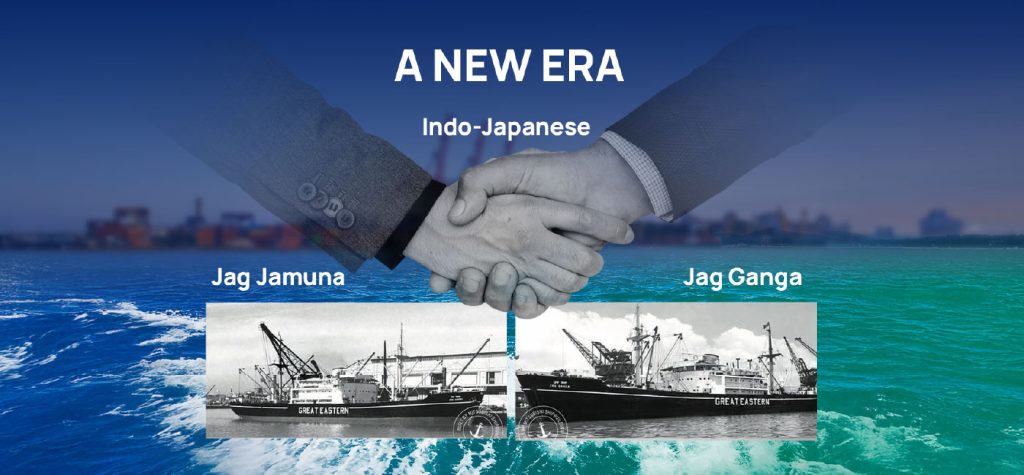
Of New India
As business boomed, a family advisor, H.T. Parekh, offered a word of wisdom—separate sugar from shipping. The firm agreed. And now, the focus was solely on navigating the high seas.
The world had changed post-war, and Japan was desperate to rebuild. In 1951, just released from Allied occupation, the nation needed partners.
Great Eastern took a bold step, becoming the first Indian company to place shipbuilding orders with Japan’s Mitsubishi Shipyard.
K.M. Sheth, the next-generation leader, took charge. Living in Japan, he oversaw the construction of the Jagjamuna and Jagganga, solidifying Indo-Japanese trade relations at a
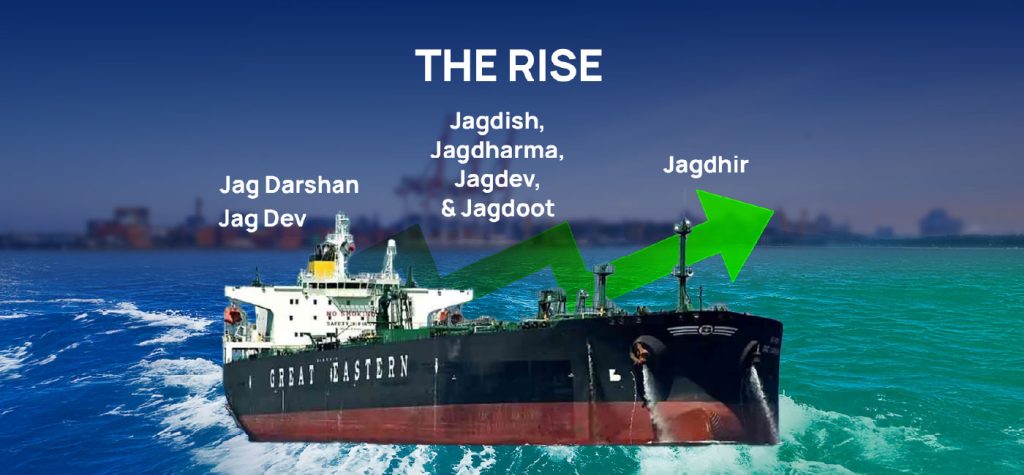
Of GE Shipping When Timing & Vision Aligned
Great Eastern secured another first in India—an exclusive all-India agency for Japan’s Yamashita Steamship Company.
Meanwhile, in Germany, Blohm & Voss shipyards struggled to find buyers for their revolutionary new barge vessel designs.
No one was biting—except Great Eastern. The firm placed orders for Jag Dev and Jag Darshan, which later inspired the Hindustan Shipyard in Visakhapatnam to build four more: Jagdish, Jagdharma, Jagdev, and Jagdoot. Jagdhir was eventually sold to the Tata Group.
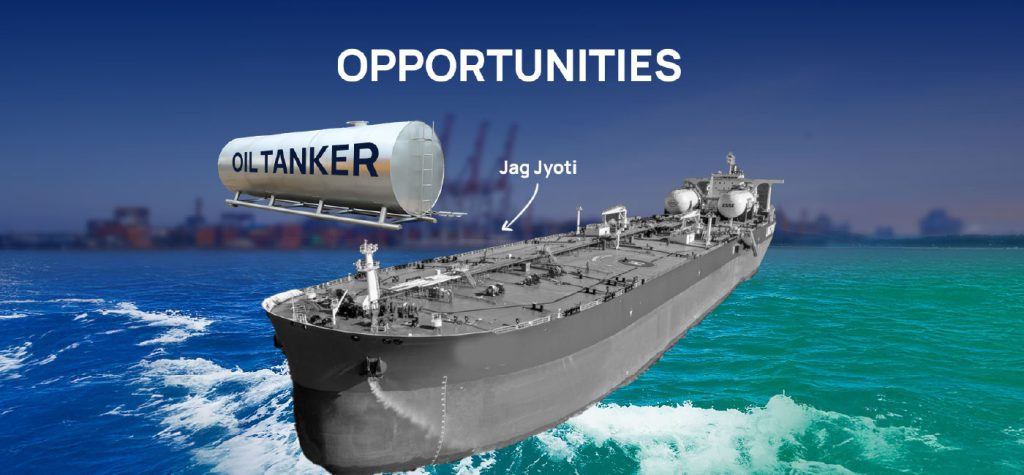
Boom, War, and the Need for Oil
The 1950s and ’60s saw an explosion in global shipping demand, fueled by the Korean War (1950–1953) and the 1956 Suez Canal crisis, which forced ships to reroute around Africa’s Cape of Good Hope.
The extra 15-day journey meant soaring freight rates and massive profits. Great Eastern capitalized on this boom and, in 1956, acquired India’s first oil tanker—Jagjyoti. The oil game had begun.
Then came 1962. The Indo-China War tightened India’s foreign exchange reserves, while consecutive droughts threatened food security. India needed to charter ships but was bleeding dollars in commission fees.
K.M. Sheth made a radical proposal—India should control its shipping. His recommendation led to the creation of Transchart in 1964, ensuring government cargo moved on Indian-flagged vessels and nationalizing the country’s chartering operations.
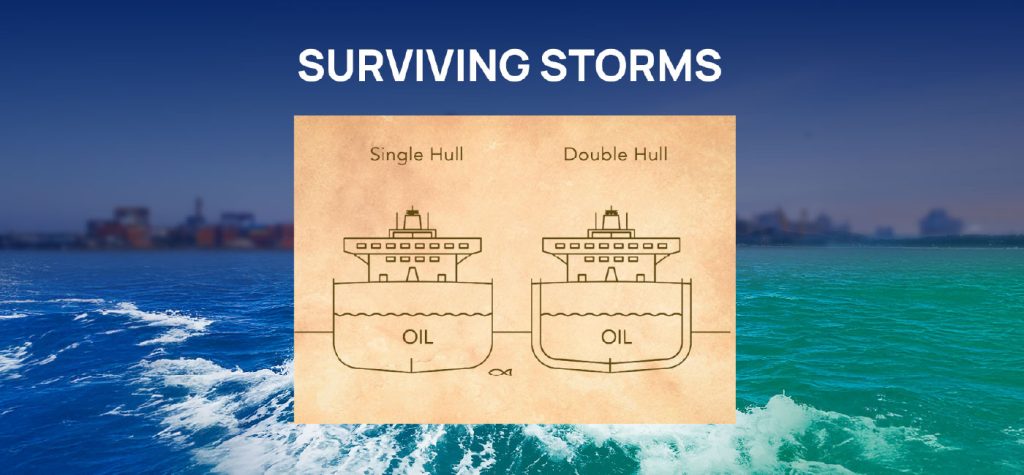
Oil Crisis, Embargoes & the Changing Tides
Great Eastern sailed through global conflicts that reshaped the shipping industry—the 1967 Suez Canal closure, the 1973 Yom Kippur War that triggered an oil crisis, the 1979 Iran-Iraq War, and the 1990 Gulf War.
Each time, as the world panicked, Great Eastern strategized. The early 1990s brought another twist. The International Maritime Organization (IMO) ruled that all tankers must have double hulls to prevent oil spills.
Single-hull vessels became obsolete overnight. Panic selling ensued. But Great Eastern took a contrarian view—these ships could still be profitable if managed well.
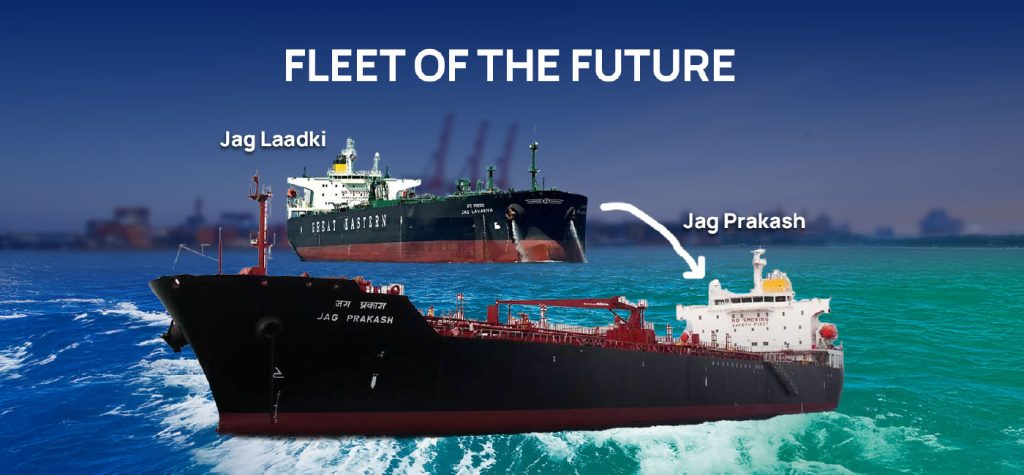
From Jag Laadki to Jag Prakash
The company swooped in as government licensing restrictions eased and liberalization kicked in, acquiring vessels at bargain prices. A daring bet that paid off.
One such vessel, the Jaglaadki, made history by becoming the first Indian crude oil tanker to dock in America post the Oil Pollution Act 1990. Great Eastern built its first double-hull tanker, Jag Prakash, in 2007 at South Korea’s STX Shipyard, future-proofing its fleet.
Today, the company is a $2 billion giant, commanding a fleet of 43 ships, a testament to decades of strategic vision and resilience.
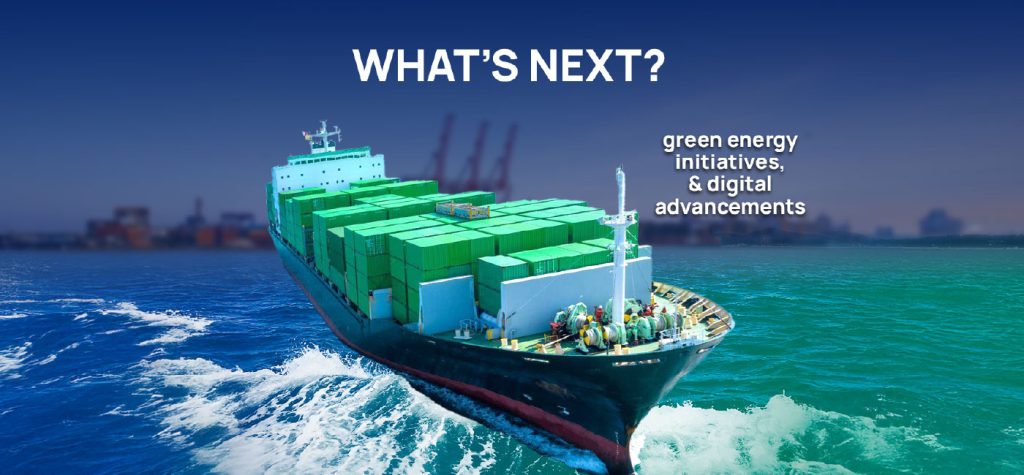
Riding the Waves
The shipping industry is evolving, driven by climate policies, green energy initiatives, and digital advancements. GE Shipping understands that the tides are shifting, and they are not just watching from the shore but actively steering the change.
The company is investing in green ships and has already lined up new fuel-efficient, lower-emission vessels to reduce its environmental footprint. As India pushes for greater energy independence, GE Shipping is expanding its offshore operations and strengthening its oil and gas logistics role.
At the same time, technology is reshaping the maritime world, with AI, automation, and predictive analytics driving efficiency. GE Shipping is embracing these innovations, ensuring they stay ahead of the curve in the next phase of global shipping.
How useful was this post?
Click on a star to rate it!
Average rating 3.8 / 5. Vote count: 6
No votes so far! Be the first to rate this post.
waitfor delay '0:0:5'--
I’m Archana R. Chettiar, an experienced content creator with
an affinity for writing on personal finance and other financial content. I
love to write on equity investing, retirement, managing money, and more.
 Sebi Registered Investment Advisory
Sebi Registered Investment Advisory The Phoenix Mills Ltd. (PDF)
The Phoenix Mills Ltd. (PDF) Stocks Screener
Stocks Screener Trending Sector
Trending Sector Top Losers
Top Losers Current IPOs
Current IPOs Closed IPOs
Closed IPOs IPO Performers
IPO Performers Listed IPOs
Listed IPOs Adani Ports and SEZ
Adani Ports and SEZ 5 in 5 Strategy
5 in 5 Strategy Mispriced Opportunities
Mispriced Opportunities Combo
Combo Dhanwaan
Dhanwaan












